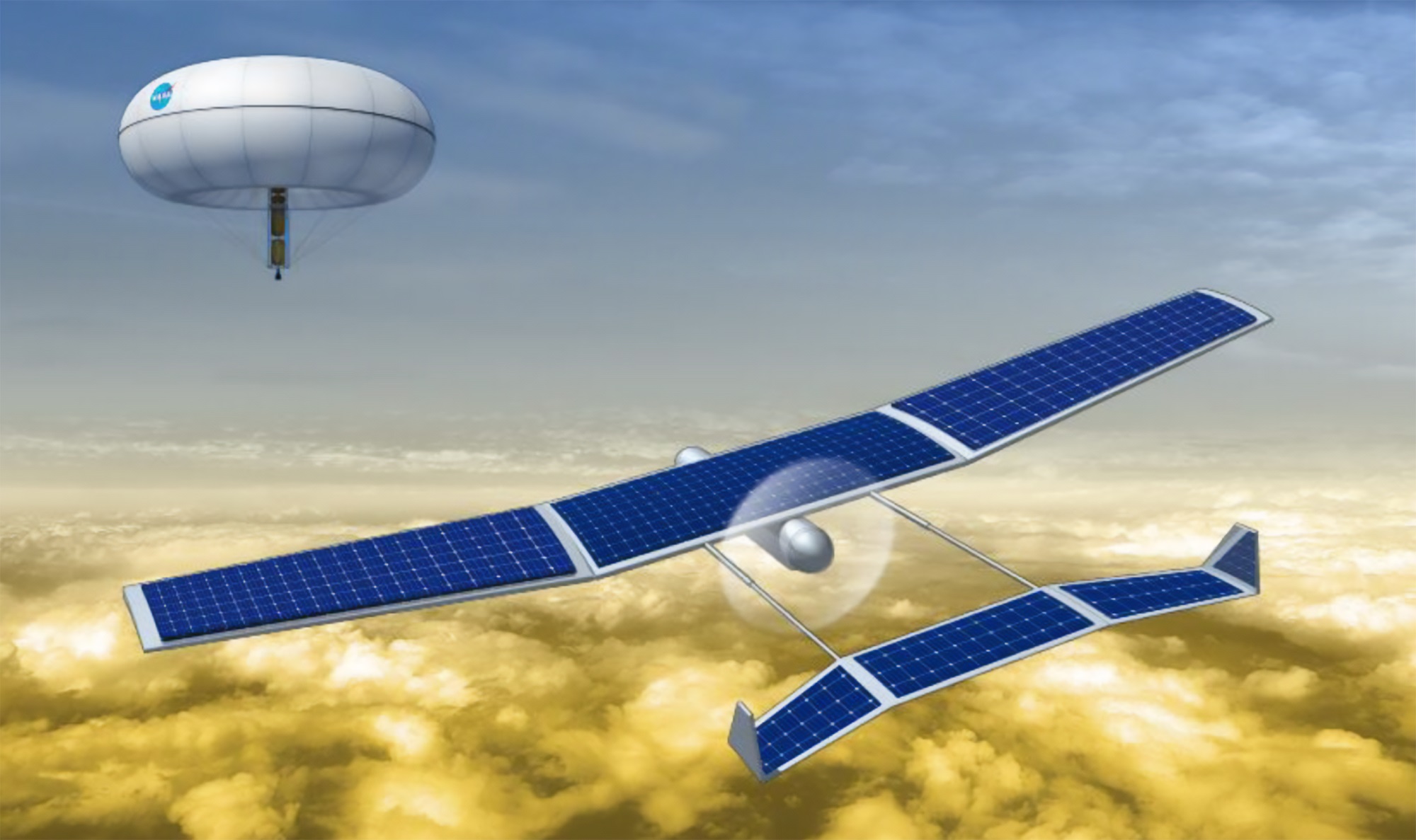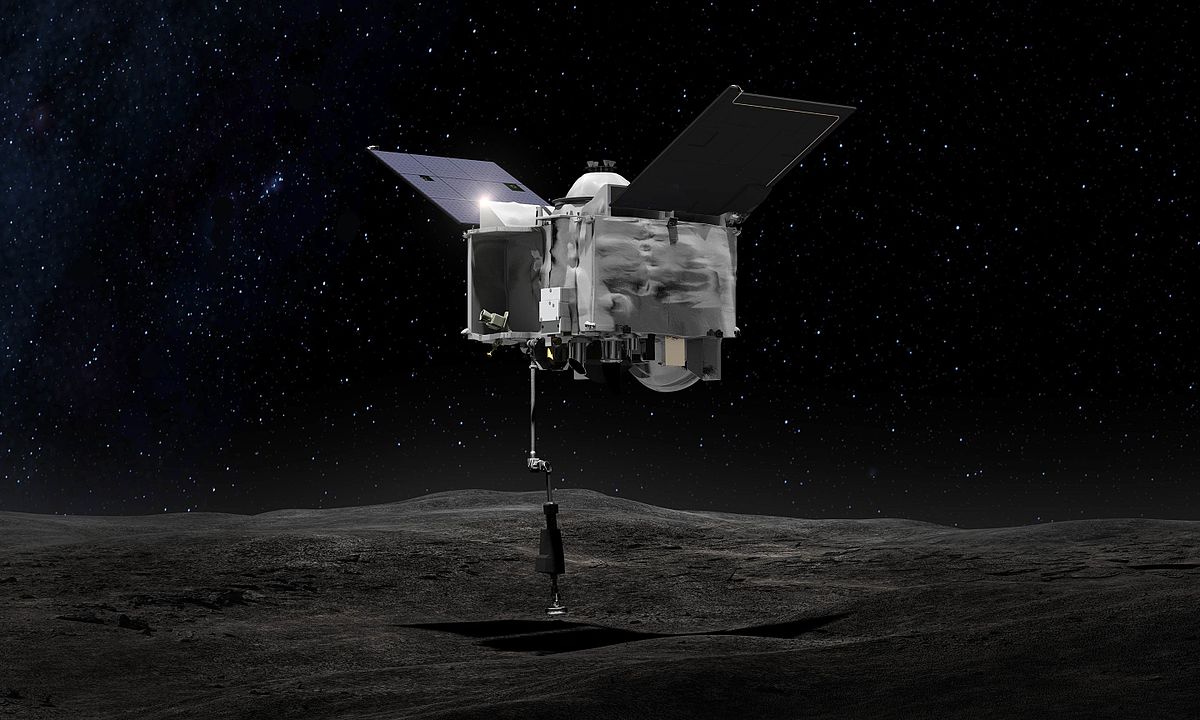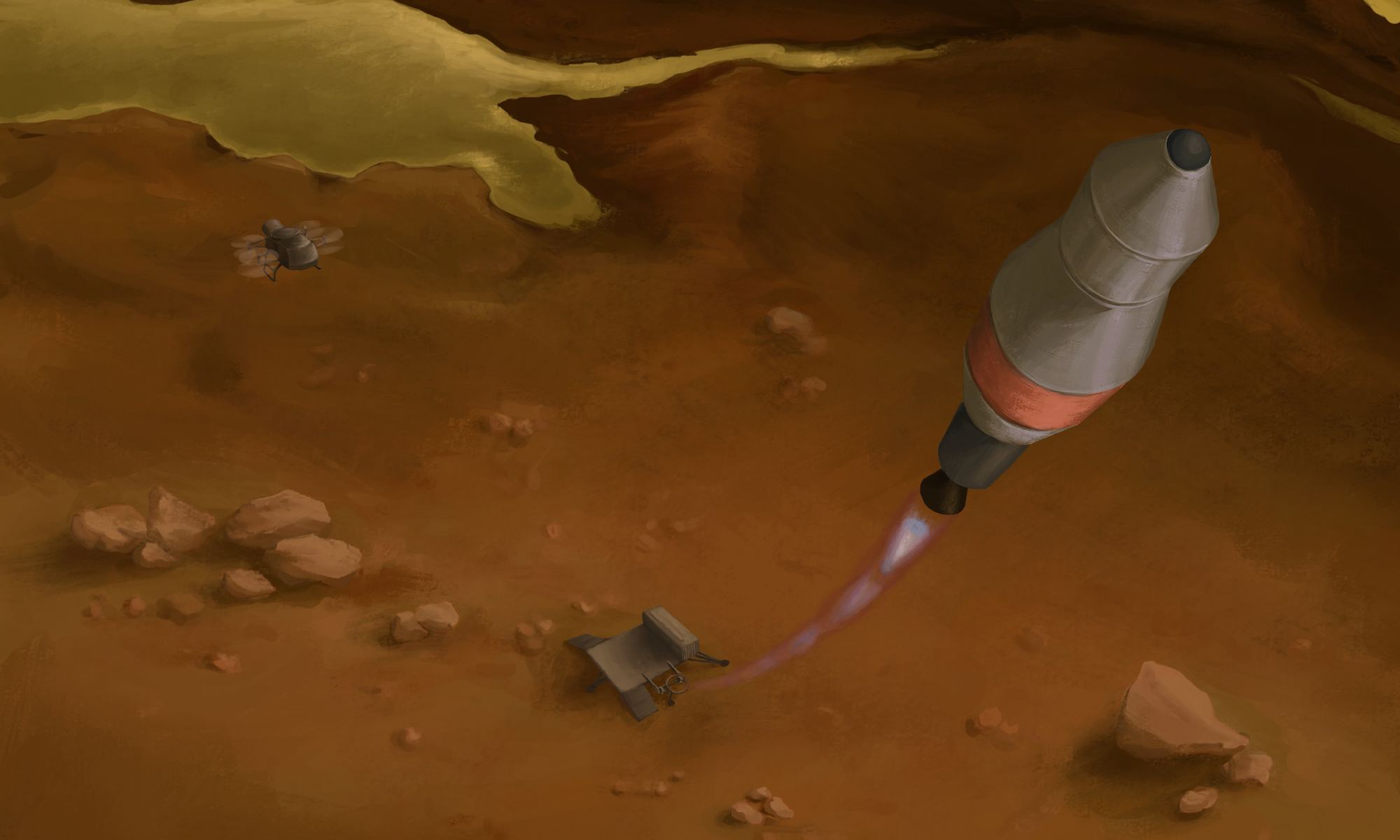In Dante Alighieri’s epic poem The Divine Comedy, the famous words “Abandon all hope, ye who enter here” adorn the gates of hell. Interestingly enough, Dante’s vision of hell is an apt description of what conditions are like on Venus. With an average temperature of 450 °C (842 °F), atmospheric pressures 92 times that of Earth, and clouds of sulfuric acid rain to boot, Venus is the most hostile environment in the Solar System. It is little wonder why space agencies, going all the way back to the beginning of the Space Age, have had such a hard time exploring Venus’ atmosphere.
Despite that, there are many proposals for missions that could survive Venus’ hellish environment long enough to accomplish a sample return mission. One such proposal, the Sample Return from the Surface of Venus, comes from aerospace engineer and author Geoffrey Landis and his colleagues at the NASA Glenn Research Center. Their proposed concept was selected for this year’s NASA Innovative Advanced Concepts (NIAC) program. It consists of a solar-powered aircraft that would fashion propellant directly from Venus’ atmosphere and deploy a sample-return rover to the surface.
Continue reading “NASA Selects a Sample Return Mission to Venus”



